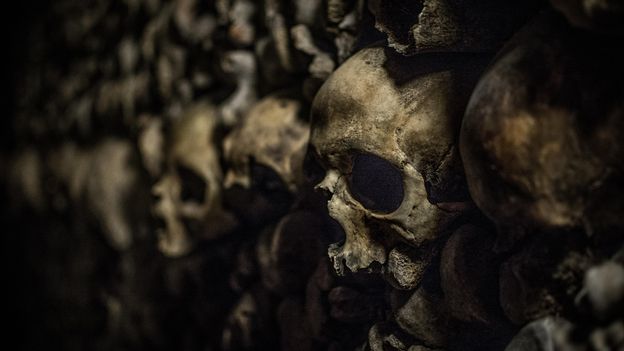In the US, the repatriation of Native Americans’ remains under NAGPRA has been a painfully slow process: those stored in the University of North Dakota, for example, only began being returned in 2022, more than 30 years after the legislation was passed.The process has often been hindered by institutional lethargy, poor museum recordsand (according to many curators) the difficulty of finding descendants of some Native peoples who were tragically decimated, since the law also requires that a “cultural affiliation” with the past be proven.
This, according to Kempenich, is a loophole to avoid compliance.”Ultimately the museums need to go out and consult with members of the communities and the families involved. They have to do this with tact,” she said. But for Kempenich, returning human remains is only one part of the story. She and other activists argue that there should also be reparations for the living to help Native Americans deal with the legacy of abuse that led to the looting of their grave sites in the first place. “In my community, 12 to 15% of the population is Native American. What is being done for them to repair the generations of wrongdoing?”
To complicate matters, NAGPRA deals only with Native American remains. There is no equivalent law requiring US museums to return the remains of Indigenous people from other countries, leaving each to decide what to do with its collections from Africa, Oceania, Asia and Latin America. As a result, US museums (which tend to be under-staffed and under-funded) have often dragged their heels until forced to act. In 2022, four years after the Australian government applied diplomatic pressure to convince the Smithsonian Institution to return the last remains of people from the Aboriginal Gunbalanya community obtained without consent in 1948, their bodies were finally returned home.
Education versus entertainment
Recently, this ethical rethinking of exhibiting Indigenous human remains has spilled over into the display of all human relics. In 2022, the Mütter Museum become a case study when its newly appointed executive director Kate Quinn declared that many of its anatomical exhibits were unethical, whether they were from Indigenous people or not. While some individuals in Europe and the US had willingly donated their bodies to the museum for medical study, Quinn said, others definitely had not, including some of the museum’s most popular exhibits.










